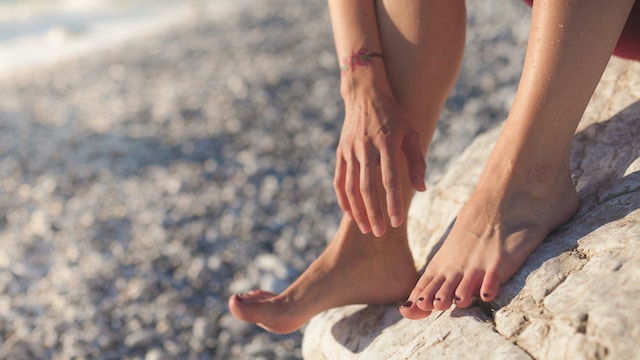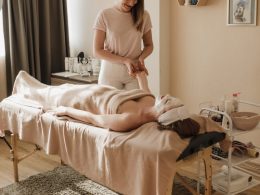For decades, high heels have been both a fashion statement and a source of controversy. While they can make legs look longer and accentuate an outfit, some argue that high heels are to blame for various foot ailments, including the painful condition known as bunions. But is there any truth to this common belief, or is it merely a myth perpetuated by the fashion-conscious?
Bunions, those bony protrusions that form at the base of the big toe, can cause significant discomfort and affect mobility for those who suffer from them. They often result in pain, swelling, and difficulty finding comfortable footwear. Many have attributed the rise in bunions to the widespread popularity of high-heeled shoes, claiming that the narrow toe boxes and the increased pressure on the forefoot contribute to their development.
To investigate this claim, I delved into the world of podiatry and spoke with leading experts in the field. Dr. Emily Watson, a renowned podiatrist with years of experience, provided valuable insights. She explained, “While high heels can certainly exacerbate existing bunions and lead to increased pain, they are not the primary cause. Bunions are primarily caused by a combination of genetic factors, foot structure, and biomechanical abnormalities.”
Dr. Watson stressed that blaming high heels as the sole culprit oversimplifies a complex condition. She added, “Bunions tend to run in families, suggesting a strong genetic predisposition. People with certain foot types, such as flat feet or excessive pronation, are also more prone to developing bunions, regardless of the footwear they choose.”
While high heels may not be the sole cause of bunions, they can contribute to the progression of the condition. The narrow toe boxes force the toes into unnatural positions, squeezing the forefoot and potentially exacerbating existing structural issues. The added pressure on the metatarsophalangeal (MTP) joint can lead to inflammation and pain.
To gain further perspective, I interviewed Linda Miller, a fashion enthusiast who has been wearing high heels for years. Despite experiencing occasional discomfort, she insists that the blame cannot solely be placed on high heels. “I believe it’s a combination of factors,” she said. “I have friends who wear high heels regularly and have never developed bunions, while others who rarely wear them have experienced the condition. It’s not as simple as pointing fingers at one particular type of footwear.”
It is important to note that not all high-heeled shoes are created equal. The style, design, and fit can vary significantly, influencing the level of comfort and potential impact on foot health. Dr. Watson advises individuals to choose shoes with wider toe boxes, lower heel heights, and good arch support, allowing for proper weight distribution and minimizing pressure on the forefoot.
In conclusion, while high heels may not be solely to blame for painful bunions, they can contribute to their progression in individuals who are already predisposed to the condition. Genetics, foot structure, and biomechanical abnormalities play a significant role in bunion development. Blaming high heels without considering these factors oversimplifies a complex issue.
As responsible consumers and fashion enthusiasts, it is crucial to prioritize foot health while still enjoying stylish footwear. Choosing well-fitting shoes, regardless of heel height, and paying attention to comfort and support can help mitigate the potential risks associated with high heels. Remember, moderation and individual consideration are key.
The ongoing debate surrounding high heels and bunions highlights the need for further research and education on foot health. By fostering collaboration between fashion designers, podiatrists, and consumers, we can work towards innovative solutions that prioritize both style and comfort, ensuring a healthier future for our feet.












